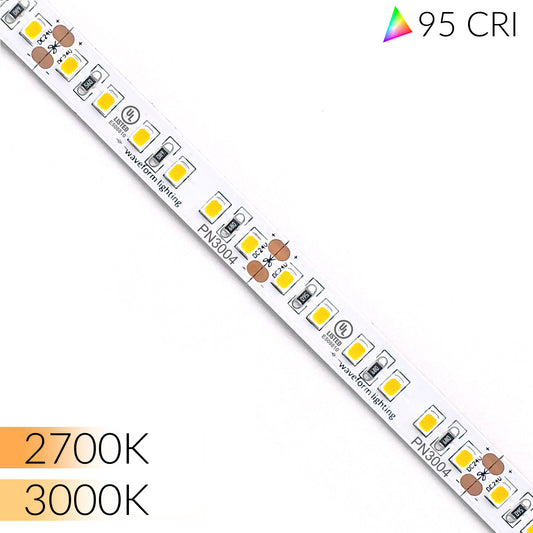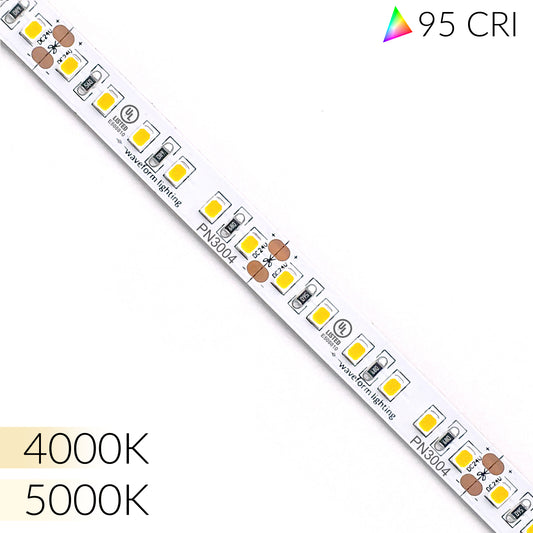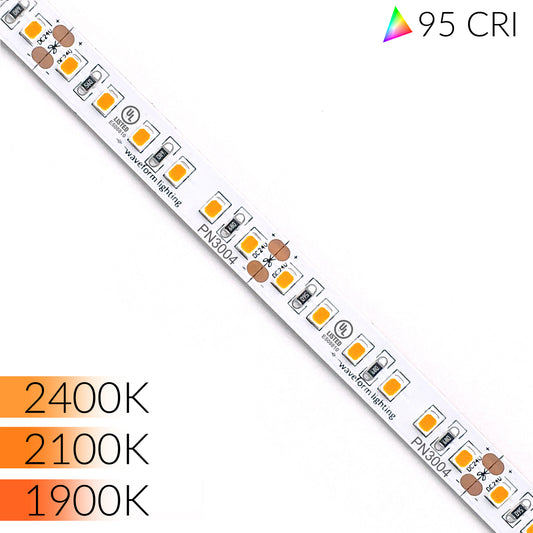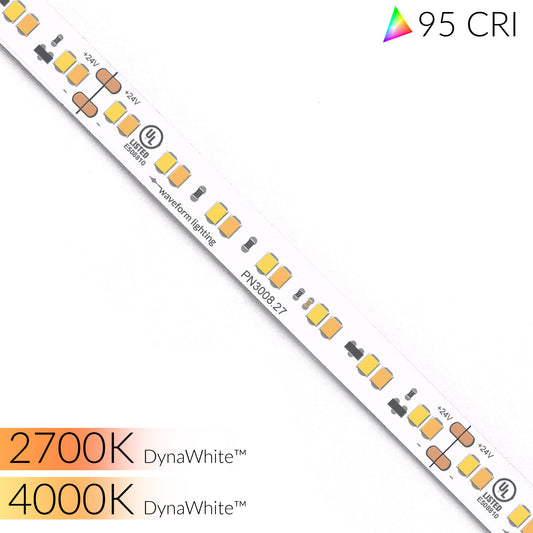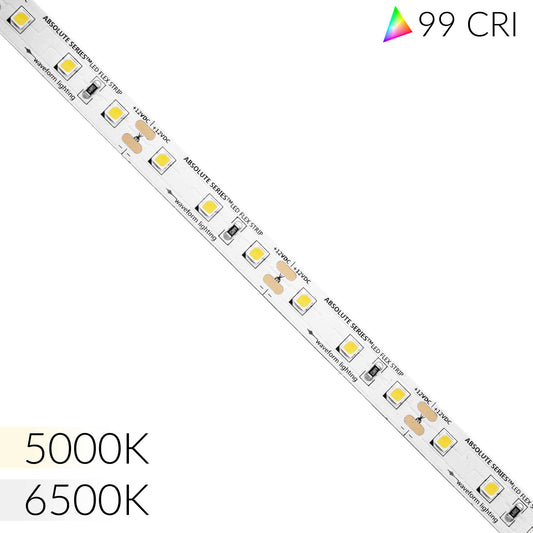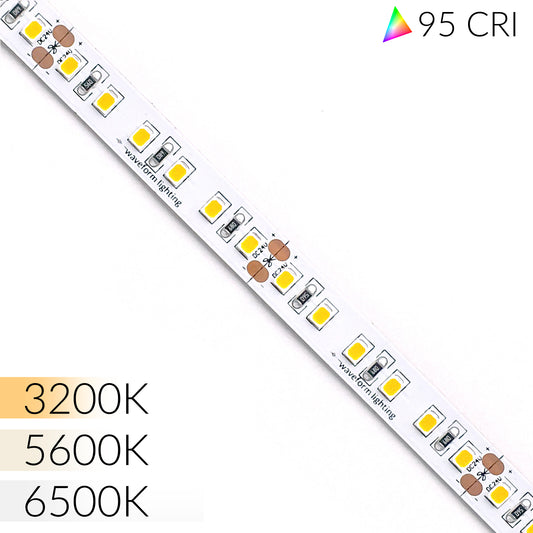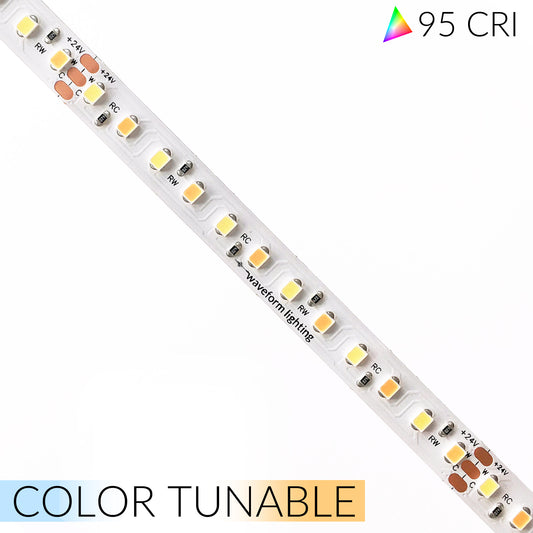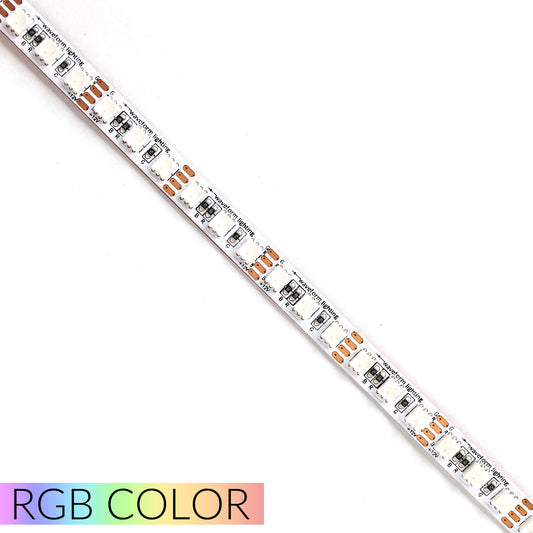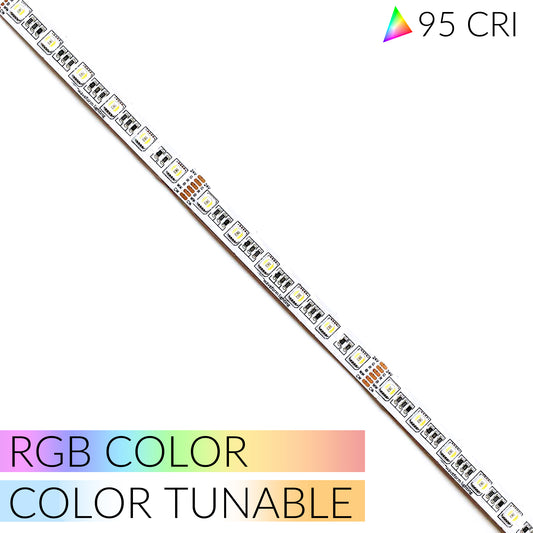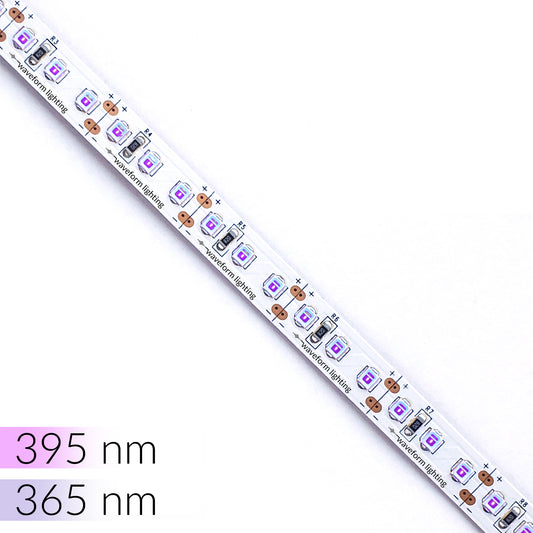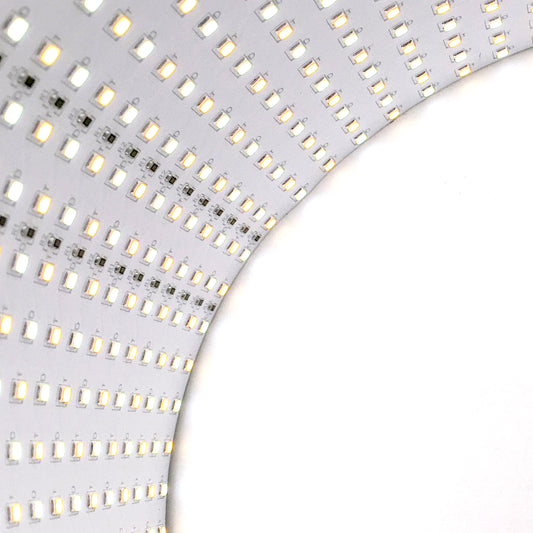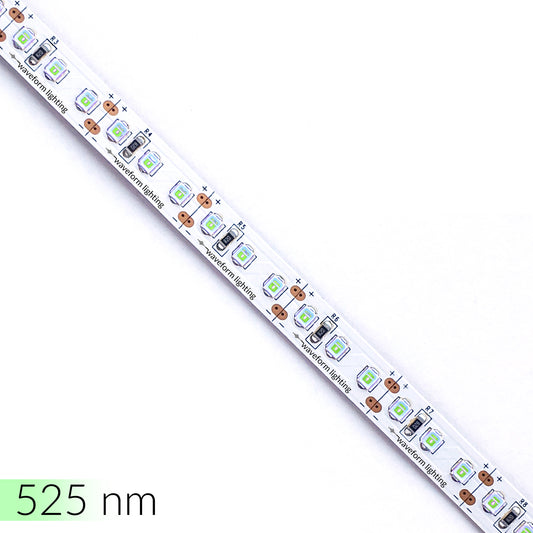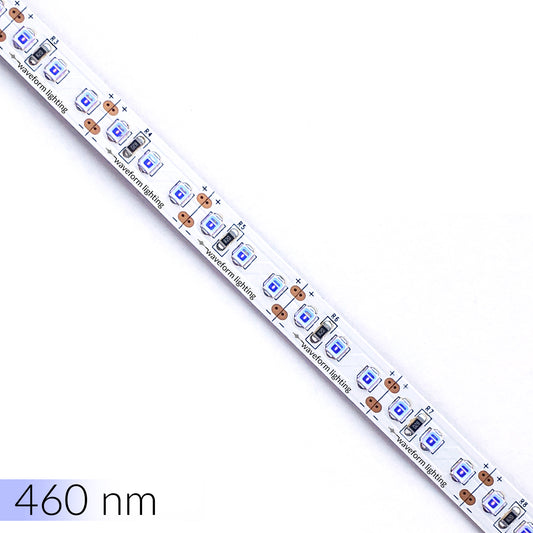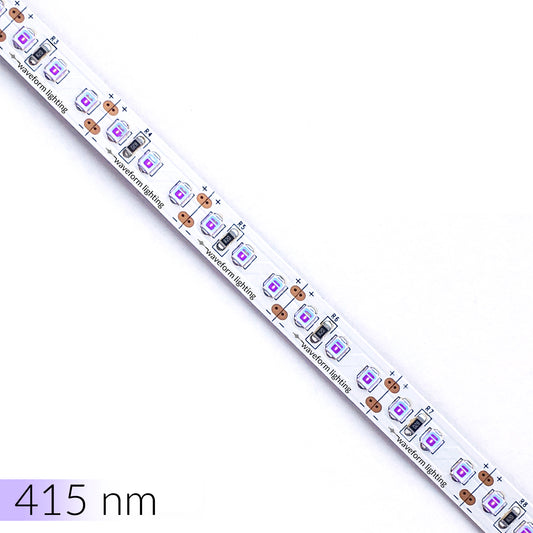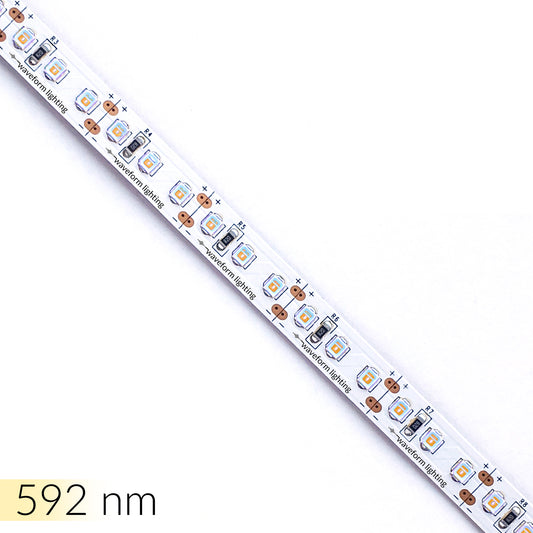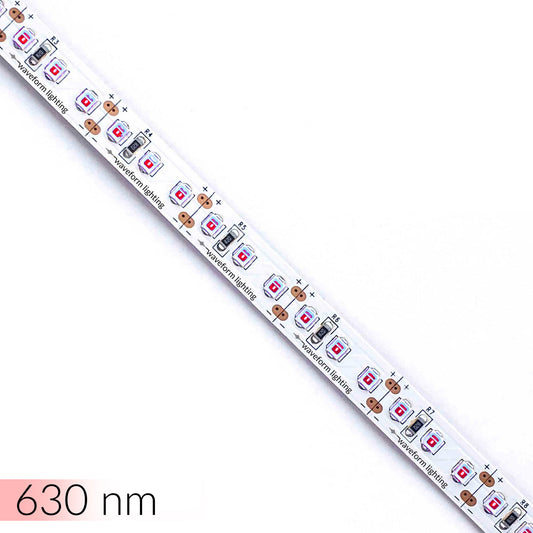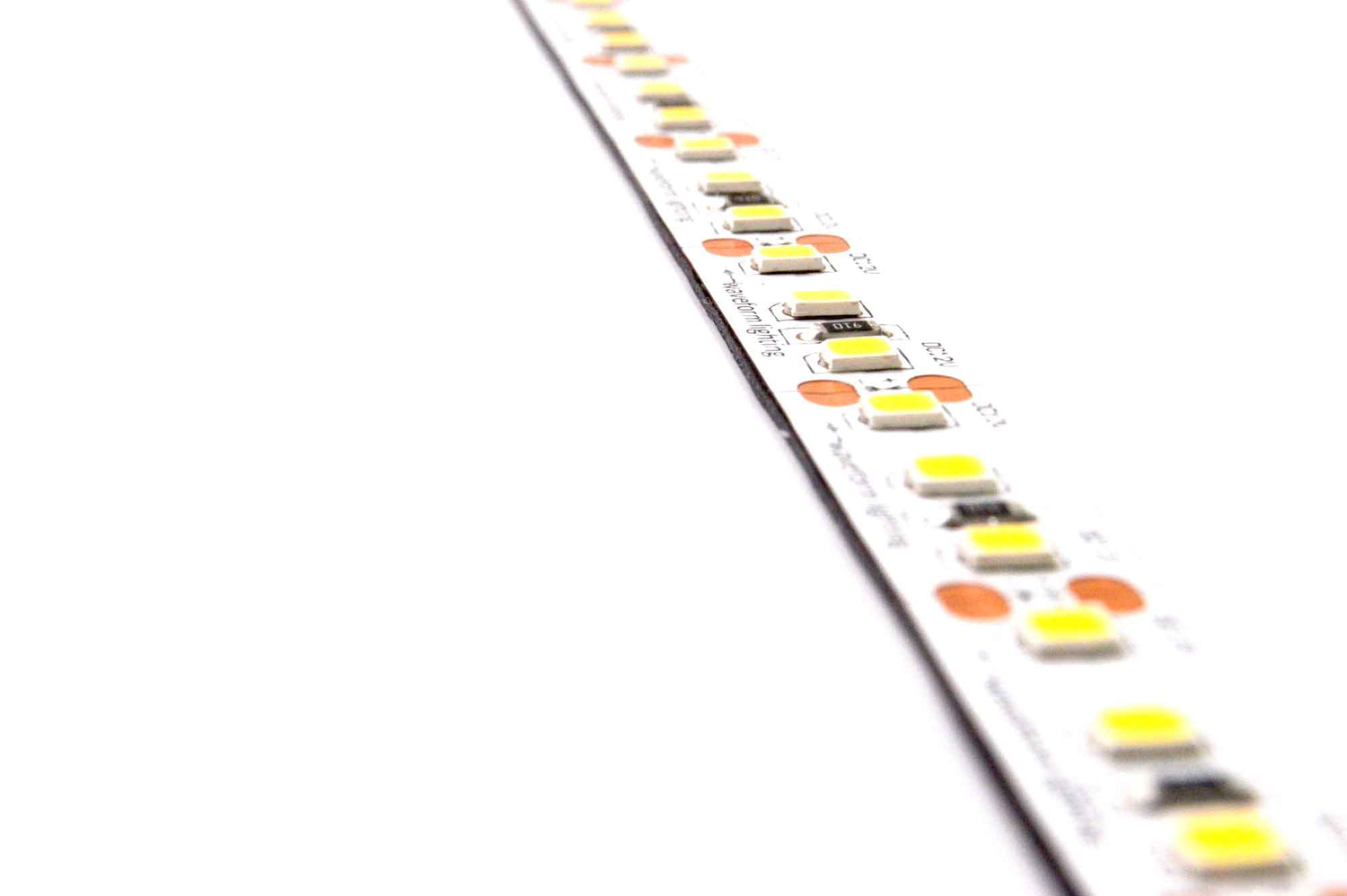
New to LED Strip Lights?
Read our article "Everything You Need to Know Before You Buy" to learn more!
-
CENTRIC HOME™ LED Strip Lights for Home & Residential
Regular price $139.00 USDRegular priceUnit price per -
CENTRIC DAYLIGHT™ LED Strip Lights for Commercial & Retail
Regular price $139.00 USDRegular priceUnit price per -
CENTRIC WARM™ LED Strip Lights
Regular price $139.00 USDRegular priceUnit price per -
DynaWhite™ Dim-to-Warm LED Flexible Strip
Regular price $275.00 USDRegular priceUnit price per -
ABSOLUTE SERIES™ LED Flexible Strip - 99 CRI - D50 / D65
Regular price $375.00 USDRegular priceUnit price per -
FilmGrade™ WHITE LED Strip Lights
Regular price $149.00 USDRegular priceUnit price per -
FilmGrade™ HYBRID LED Strip Lights
Regular price $189.00 USDRegular priceUnit price per -
ColorSpace™ RGB Color Changing LED Strip Lights
Regular price $145.00 USDRegular priceUnit price per -
FilmGrade™ FiveSpect 5-in-1 LED Strip Lights
Regular price $375.00 USDRegular priceUnit price per -
realUV™ LED Strip Lights
Regular price From $45.00 USDRegular priceUnit price per -
FilmGrade™ HYBRID LED Flex Panel
Regular price $375.00 USDRegular priceUnit price per -
SimpleColor™ Green LED Strip Lights
Regular price $145.00 USDRegular priceUnit price per -
SimpleColor™ Blue LED Strip Lights
Regular price $145.00 USDRegular priceUnit price per -
SimpleColor™ Violet LED Strip Lights
Regular price $145.00 USDRegular priceUnit price per -
SimpleColor™ Amber LED Strip Lights
Regular price $145.00 USDRegular priceUnit price per -
SimpleColor™ Red LED Strip Lights
Regular price $145.00 USDRegular priceUnit price per
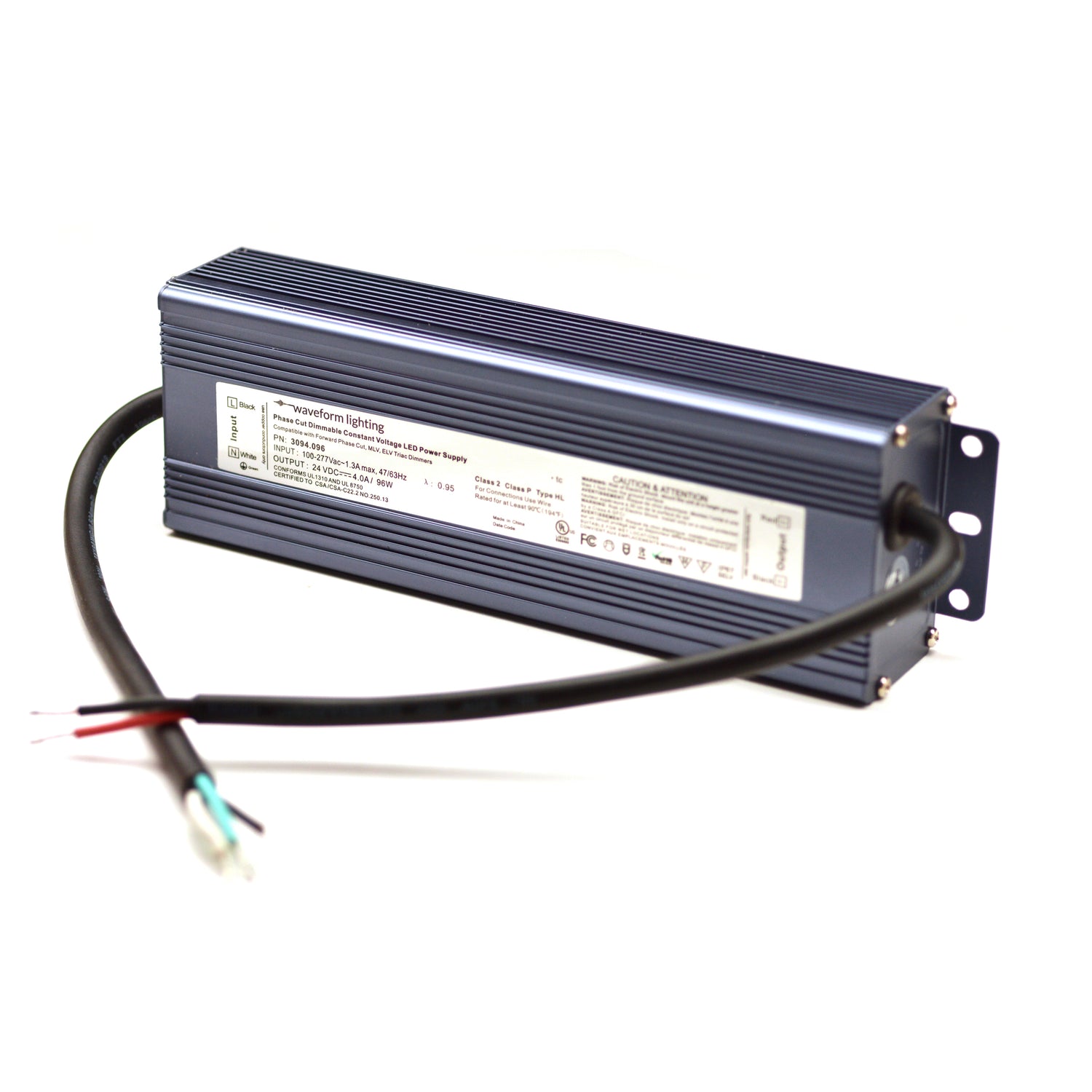
Got Power?
LED strip lights require power supplies to illuminate. Browse our power supply and dimmer options here!
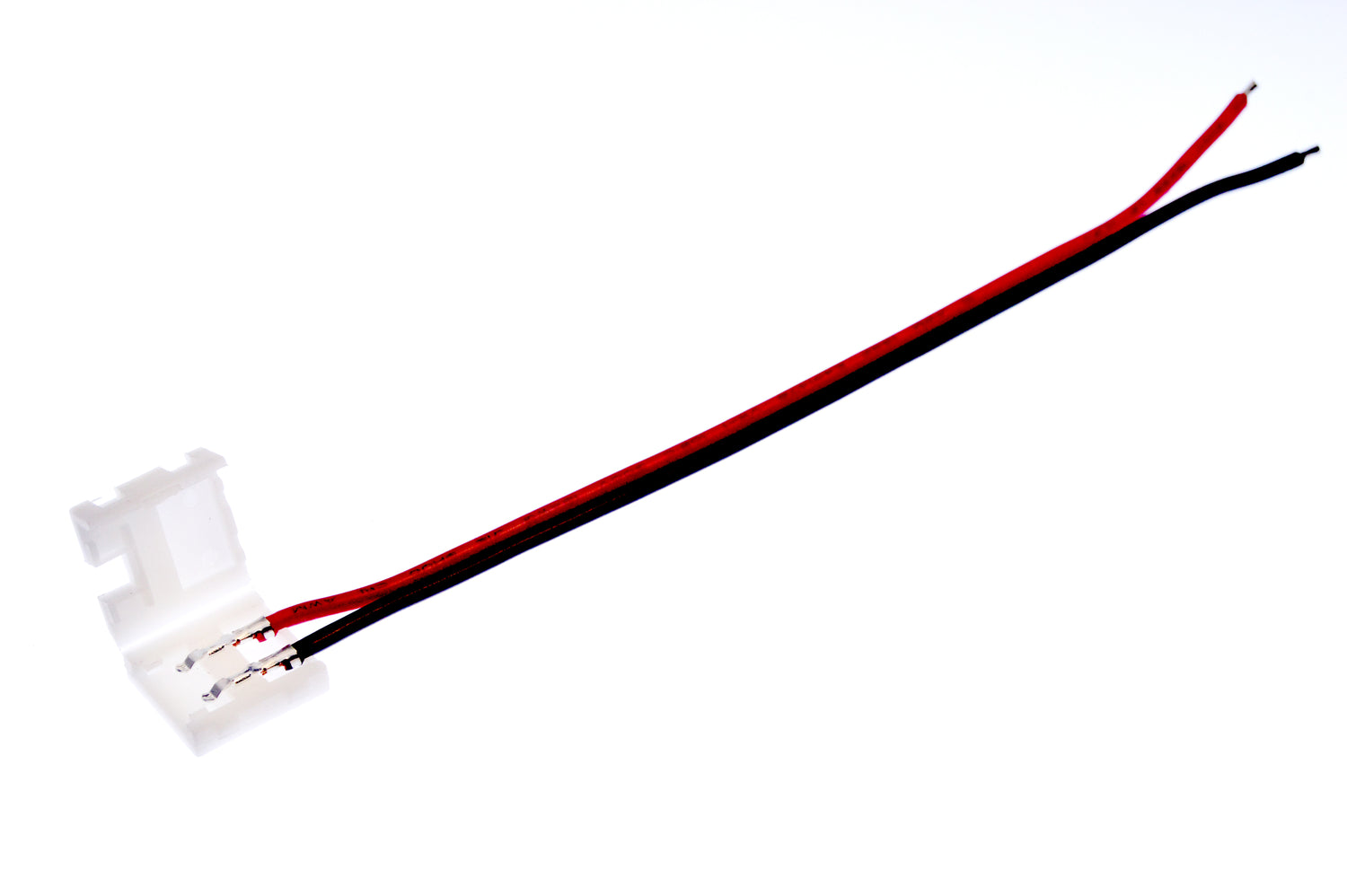
Connect With Ease
Shop our selection of solderless connectors to join LED strip sections with ease.
LED Strip Light Support and How-to Articles
- Pros and cons of a 12V LED system
- Getting started with LED strip lighting for your home
- Things to know about flexible LED strip substrates
- How to choose a power supply for your LED strip project
- How to choose LED strip voltage
- LED Strip Light Internal Schematic and Voltage Information
- What LED strip light color temperature should I choose?
- What is LED strip voltage drop?
- How long do LED strip lights last?
- Do LED strip lights require UL listing?
- What does LED density on an LED strip mean?
- What is the CRI spec on LED strips?
- How to Dim LED Strip Lights
- An Introduction to Flicker Free LED Strip Dimming
- How to Connect An LED Strip to a Power Supply
- Using a 12V LED Strip in a 24V System
- LED Strip Light Wire Gauge & Voltage Drop Calculator
- Powering LED Strips With a Battery
- Troubleshooting LED Strip Problems


